
A percussion instrument is a musical instrument that is sounded by being struck or scraped by a beater including attached or enclosed beaters or rattles struck, scraped or rubbed by hand or struck against another similar instrument. Excluding zoomusicological instruments and the human voice, the percussion family is believed to include the oldest musical instruments. In spite of being a very common term to designate instruments, and to relate them to their players, the percussionists, percussion is not a systematic classificatory category of instruments, as described by the scientific field of organology. It is shown below that percussion instruments may belong to the organological classes of idiophone, membranophone, aerophone and chordophone.

The Art Ensemble of Chicago is an avant-garde jazz group that grew out of the Association for the Advancement of Creative Musicians (AACM) in the late 1960s. The ensemble integrates many jazz styles and plays many instruments, including "little instruments": bells, bicycle horns, birthday party noisemakers, wind chimes, and various forms of percussion. The musicians would wear costumes and face paint while performing. These characteristics combined to make the ensemble's performances both aural and visual. While playing in Europe in 1969, five hundred instruments were used.

Roscoe Mitchell is an American composer, jazz instrumentalist, and educator, known for being "a technically superb – if idiosyncratic – saxophonist". The Penguin Guide to Jazz described him as "one of the key figures" in avant-garde jazz; All About Jazz stated in 2004 that he had been "at the forefront of modern music" for more than 35 years. Critic Jon Pareles in The New York Times has mentioned that Mitchell "qualifies as an iconoclast". In addition to his own work as a bandleader, Mitchell is known for cofounding the Art Ensemble of Chicago and the Association for the Advancement of Creative Musicians (AACM).
Andrew Lloyd Webber's Requiem is a requiem mass, which premiered in 1985. It was written in memory of the composer's father, William Lloyd Webber, who died in 1982.

Folksongs for a Nuclear Village is the sixth studio album by new-age/jazz group Shadowfax, their first for Capitol Records. It won the Grammy Award for Best New Age Album in 1989.
Douglas R. Ewart is a Jamaican multi-instrumentalist and instrument builder. He plays sopranino and alto saxophones, clarinets, bassoon, flute, bamboo flutes, and didgeridoo; as well as Rastafarian hand drums.
Síppal, dobbal, nádihegedűvel (2000) is a song cycle in seven movements by the composer György Ligeti based on poetry by Sándor Weöres. The work is scored for mezzo-soprano and an unusual ensemble of percussion and wind instruments. The lyrics are whimsical and often nonsensical, sometimes combining random Hungarian words or parts of words into a nonsense language.
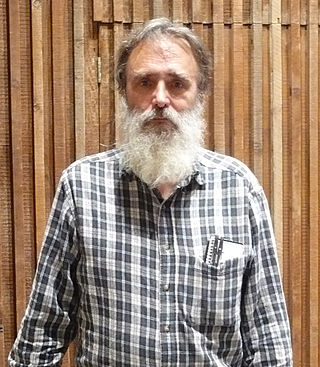
Stuart Saunders Smith is an American composer and percussionist. After having studied composition and music theory at three music institutions, Smith is currently based in Vermont, United States, with his wife Sylvia. He has produced almost 200 compositions, half of which were written for percussion instruments with a focus on the vibraphone.

The Meeting is a reunion studio album released by the jazz group the Art Ensemble of Chicago (AEOC). It was recorded during the spring of 2003 in Madison, Wisconsin and released on August 19, 2003, on the international label Pi Recordings.

Numbers 1 & 2 is a 1967 album by Lester Bowie featuring a line-up which later became the Art Ensemble of Chicago. It was released on the Nessa label and features performances by Bowie, Roscoe Mitchell, Malachi Favors, and Joseph Jarman.
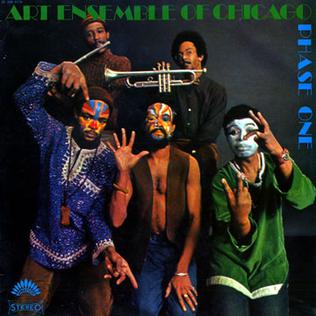
Phase One is an album by the Art Ensemble of Chicago recorded in Paris in February 1971 and originally released on the French America label then reissued in the US on Prestige Records the following year. It features Lester Bowie, Joseph Jarman, Roscoe Mitchell, Malachi Favors Maghostut and Don Moye performing two side-long pieces dedicated to John Coltrane and Albert Ayler respectively.
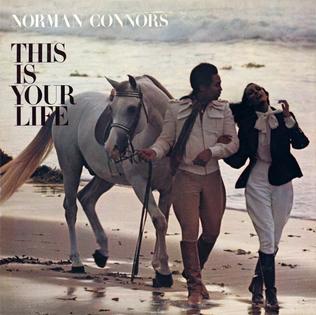
This Is Your Life is an album by Philadelphia, Pennsylvania jazz drummer Norman Connors and the Starship Orchestra featuring Eleanor Mills. The album charted at number fifteen on the jazz albums chart.
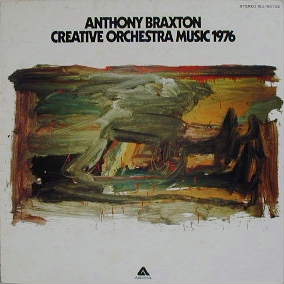
Creative Orchestra Music 1976 is an album by American jazz saxophonist and composer Anthony Braxton recorded in 1976 and released on the Arista label. The album was subsequently included on The Complete Arista Recordings of Anthony Braxton released by Mosaic Records in 2008.
This is a partitioned list of percussion instruments showing their usage as tuned or untuned. See pitched percussion instrument for discussion of the differences between tuned and untuned percussion. The term pitched percussion is now preferred to the traditional term tuned percussion:
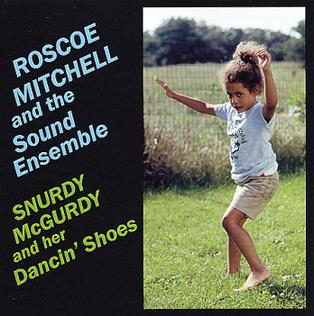
Snurdy McGurdy and Her Dancin' Shoes is an album by American jazz saxophonist Roscoe Mitchell which was recorded in 1980 and released on Nessa. It was the debut of the Sound Ensemble which introduced four young musicians: trumpeter Hugh Ragin, guitarist A. Spencer Barefield, bassist Jaribu Shahid and drummer Tani Tabbal. The album was reissued on CD in 2003.
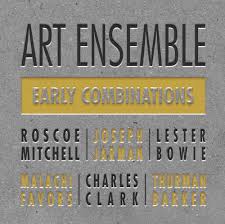
Early Combinations is an album by a formative stage of the band which later became the Art Ensemble of Chicago. It was recorded in 1967 at Lester Bowie's home but not issued as a single CD until 2012 by Nessa Records. The two tracks on the album were originally included in the 1993 limited edition box set Art Ensemble 1967/68, also released by Nessa. "A To Ericka" was recorded for submission to a Jazz Festival in Poland and was unsuccessful in its purpose. "Quintet" was a dress rehearsal for a concert arranged by Jarman to take place at Winnetka High School that was cancelled.
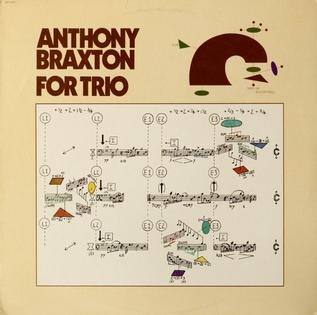
For Trio is an album by American jazz saxophonist and composer Anthony Braxton recorded in 1977 and released on the Arista label. The album features two recordings of the same composition by Braxton in two separate trios and was subsequently included on The Complete Arista Recordings of Anthony Braxton released by Mosaic Records in 2008.

Bells for the South Side is a double album by American jazz saxophonist Roscoe Mitchell, which was recorded live in 2015 at Museum of Contemporary Art, Chicago in the context of The Freedom Principle, a 50th-anniversary exhibition devoted to the Association for the Advancement of Creative Musicians, and released on ECM.
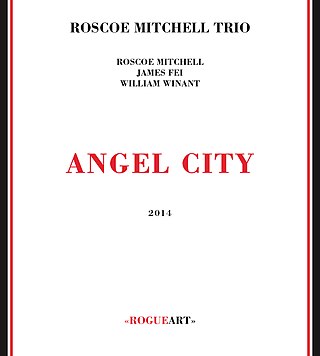
Angel City is an album by American jazz saxophonist Roscoe Mitchell which was recorded in 2012 and released on the French RogueArt label. Mitchell wrote the piece for the 2011 Angel City Jazz Festival in Los Angeles.














